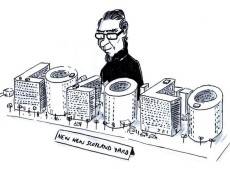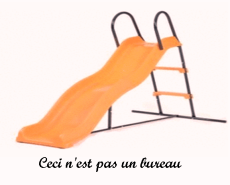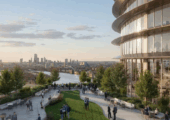May 26, 2013
Interiors Group wins new projects in MIddle East
 Abdul Latif Jameel, a Saudi Arabia based distributor for Toyota has appointed The Interiors Group to fit out 22,000 sq feet of space in their new corporate headquarters in Dubai. The Interiors Group will work alongside the UAE based operations of BDP and Whitby Mohajer to deliver the project. The contract is the latest success for the company in the region following its recent win of a contract to fit out the new Middle East Headquarters of OiLibya. The project, based in the Jumeirah Lake Towers, Dubai, covers some 11,000 sq feet and is due for completion in June. The project was architecturally designed by Artillery with services by Whitby Mohajer Engineering Consultants. The Interiors Group have also been awarded a 3500 sq feet contract for Optasense in Dubai, in the Jumeirah Business Centre.
Abdul Latif Jameel, a Saudi Arabia based distributor for Toyota has appointed The Interiors Group to fit out 22,000 sq feet of space in their new corporate headquarters in Dubai. The Interiors Group will work alongside the UAE based operations of BDP and Whitby Mohajer to deliver the project. The contract is the latest success for the company in the region following its recent win of a contract to fit out the new Middle East Headquarters of OiLibya. The project, based in the Jumeirah Lake Towers, Dubai, covers some 11,000 sq feet and is due for completion in June. The project was architecturally designed by Artillery with services by Whitby Mohajer Engineering Consultants. The Interiors Group have also been awarded a 3500 sq feet contract for Optasense in Dubai, in the Jumeirah Business Centre.


























May 28, 2013
Are these the world’s most spectacular corporate buildings?
by Mark Eltringham • Architecture, Comment
BMW Welt
Building data provider Emporis has issued a list of 16 of what it calls the World’s Most Spectacular Corporate Buildings. The list is intended to show how firms use architecture to convey their identity and to impress anybody viewing their supposedly imposing corporate edifices. The Germany based firm claims the list was compiled by a jury of buildings experts from around the world who considered a range of factors and included buildings from all kinds of industries. Even so, the list is far from subtle with not even an attempt at lip service paid to the esoteric or surprising. It is dominated instead by glamorous blue chip businesses and buildings that are tall, designed by renowned architects or literal reflections of each company’s business. (more…)